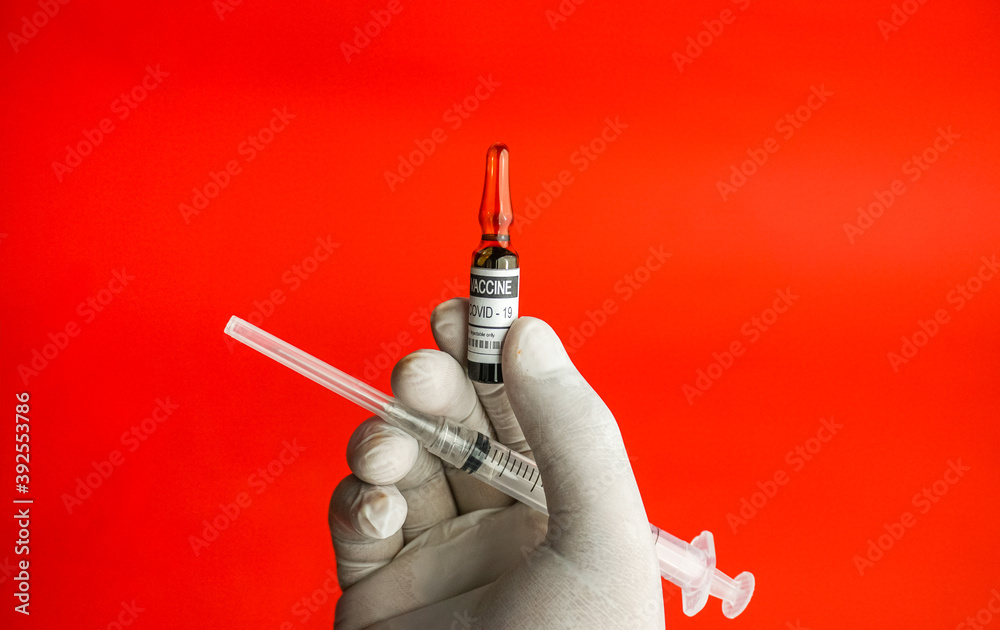Some folks like big houses, big trucks, and big guns. My 115-year-old house isn’t huge and suits me just fine. I am no longer raising children, and the grandchildren do not all show up at once. If they did, it would be a riot, not a party! My Silverado is necessary for some of the work I do, but I don’t really enjoy driving it in town and navigating smaller parking areas. The Jeep is far handier.
When it comes to guns, the argument for bigger guns isn’t difficult to make. Bigger hits harder. The problem is the bigger calibers often hit harder at both ends! Recoil isn’t as much fun as it once was.

As I get a little older, I see a lot of the friends and family downsizing both their homes and vehicles. Some downsize their firearms as their threat profile and physical ability changes. Let’s look at some of the better choices.
Alternatives to Bigger Guns
We may find that shorter and lighter firearms work just fine and are easier to carry and handle more quickly. I consider the work the firearm is designed to do as the bottom line in choosing a firearm.
If you are hunting deer-sized game, a humane kill — at the range you are capable with the firearm — is the goal. If you are hunting moose or feel that bears are a threat, then the firearm must be capable of greater penetration and shock.
In rifles, there are a number of calibers that are manageable by occasional shooters. Among the greatest American calibers, in my opinion, is the 7mm Remington Magnum. In an accurate rifle such as the Savage 110 and topped with a good scope, the 7mm Remington Magnum is a credible rifle.
For the traditionalist, the Mauser-action .30-06 rifle is a good choice. The .30-06 is very capable when loaded with heavy 180-grain bullets. With efficient loading and careful experimentation, I have discovered the .30-06 gives up little to the .300 Winchester Magnum, and in most ways is more efficient. On the other hand, if you are tasked with the chore of stopping a big bear that has proven dangerous, the .375 Holland and Holland looks better.
Most of us don’t need this type of power. The 7mm Remington Magnum is plenty for most uses. Remember, we are talking about the average rifleman who practices less than he should and needs a reasonably powerful cartridge that doesn’t beat him up and put eddies in the arm.
A novice should begin with the .308 Winchester, in my opinion, and work their way up. I think a bit of experience with smaller calibers and smaller game is a good thing. When you need a magnum rifle and a flat trajectory over 300 yards, you will know it. For most of us in North America, the .30-06 Springfield is a wonderful choice.
For deer-sized game, there are good lightweight, fast-handling rifles that really make for enjoyable shooting. A quality .308 Winchester bolt-action rifle is a joy to use and fire. If you do not have a need for long-range gilt-edged accuracy, the Browning BAR Hunter semi-automatic or a quality AR-10 is a good choice. As for myself, a Savage 99 rifle in .300 Savage will do everything I need to do when hunting deer or boar.
For brush hunting and shorter ranges, the CZ 527 rifle in 7.62x39mm is very attractive — and very fast — even quick, and accurate. Rifles such as the CZ 527 and the Ruger American are fast-handling and friendly.
I think most of us regard the .30-30 Winchester as a starter gun, but many deer are taken cleanly with this rifle. The bottom line is that it is counterproductive to begin with and a hard-kicking rifle. Begin with a modest caliber and work your way up. When you get to the .30-06, you may have everything you will ever need. For many uses, the 6.5mm rifles will fill the bill nicely.
AR Rifles
The Armalite design, America’s rifle, is a type of special case. These rifles are always easy to use well, reliable, and accurate. Some are better made than others. They are fired more often than most because they are fun, kick very little, and offer excellent accuracy.
For years, I used a 20-inch barrel HBAR for precision shooting. The primary criteria for accuracy are a stiff and well-finished barrel. The trigger action is very important. For my money and personal use, the 16-inch AR is as accurate as the 18- and 20-inch guns in practical terms. Since most rifles now mount optics, a longer barrel and longer sight radius doesn’t matter as much.
Shotguns
I have to admit, the 12-gauge shotgun is at the top of the list for me. 12-gauge buckshot and 12-gauge slugs outweigh the lighter gauges. For personal defense and hunting deer-sized game, the 12-gauge works. In this case, heavier guns are indicated, as they kick less. Touching-off a Lightfield bear-killer slug in a riot gun is something you only wish to do once. Trust me…
For smaller game, upland birds, and with careful load selection even predators at modest range, the 20-gauge shotgun shines. As for myself, I find the 16-gauge semi-automatic shotgun an excellent choice for all-around use. For home defense and as a truck gun, the 16-gauge does the business without a lot of recoil.
Handguns
Handguns are lighter than ever. The polymer-frame, striker-fired handgun is the norm. Aluminum frames are plentiful and even magnum revolvers are constructed of lightweight material, whether they should be or not.
Handguns are a different story than rifles. Rifles, such as the .30-06, dispose of more power than is really needed for the chore at hand. Handguns are another matter. They dispose of far less power than a rifle and what power they have must be delivered as efficiently as possible.
The handgun carried for personal defense must balance speed, access, and concealment with power.
Bigger Guns for Outdoors
For field use, no handgun may be too large to hunt with, including the .460 Smith and Wesson or .454 Casull. Most of my handguns are go-anywhere, do-anything handguns. I may carry the piece concealed, carry it when hiking, when in the wild, or when traveling. This demands a lot of power in some instances.
As an example, a .44 Magnum would be the go-to piece for hog hunting. For pure personal defense — with no other consideration — I may deploy a 9mm with +P+ loads. I most often carry a steel-frame 1911 .45, sometimes a Commander .45, and on occasion a three-inch barrel, steel-frame .357 Magnum. The .44 Magnum is for special use, but I find a use for it occasionally.
I have found that the 4 5/8-inch barrel Ruger Vaquero is practically as accurate as the 7 ½-inch barrel revolver, much easier to carry, and gets into action faster. As such, there is a reasonable compromise inherent between accuracy, control, and power.
For personal defense, I think the ultra-light .357 Magnum and .44 Magnum revolvers are a mistake. I have yet to see one controlled in a firing drill at close range, and while some firearms are “carried much and fired little,” we must not be in the position of being armed with a deadly weapon we cannot use well.
I am not exactly a daisy and find the Smith and Wesson Model 60 and Ruger SP101 the lightest magnum that may be fired well (to my standards). The K-Frame magnums are much more controllable — the GP100s even better.
I don’t think getting a lot of power into the smallest possible handgun is always an idea that will survive the logic ladder. Getting controllable power into a portable and concealable package is a reputable goal. When it comes to the magnums, a good set of Pachmayr grips goes a long way in limiting pain and aiding control.
Options for Self-Defense
Some of us don’t live where wild animals are a danger. I have not been endangered by the big cats, but I’ve seen their sign and had to stop large boar with the .44 Magnum.
When the threat is a biped, rather than quadruped, the Government Model 1911 .45 is ideal. While there are smaller guns that are easier to carry, the balance of power, control, and weight in the GM is excellent. While the Commander types are lighter with a proper concealed-carry holster, the GM is ideal.
And the load-bearing device is a sure key to comfortable carry. Other viable choices include quality 9mm handguns with the most modern loads. The 9mm is controllable and easy to use well. The light recoil of the 9mm invites serious downsizing.
I think that the most desirable size in a modern 9mm is found in the new Rex Delta 9mm. This handgun is more comfortable than the Glock 19 to fire well, but easier to conceal than the Glock 17 — a good place to be. This is a remarkable handgun in many ways well worth its price.
In modern handguns, the full-size 9mms (such as the CZ 75, Beretta 92, and SIG P226) are nice to fire, reliable, and oversized for concealed carry. The CZ P-01, Beretta APX, and SIG P229 are ideal-sized handguns. Take a look at the balance of power, handling, and concealed-carry potential in a handgun.
Look at the efficiency of the rifle and shotgun with a modest-length barrel. Consider the sighting equipment and the whole picture. Perhaps efficiency trumps simple size.
Do you prefer bigger guns? What is the minimum caliber you trust for self-defense? Share your answers in the Comment section.
Editor’s note: This post was originally published in June of 2019. It has been completely revamped and updated for accuracy and clarity.
Read the full article here





